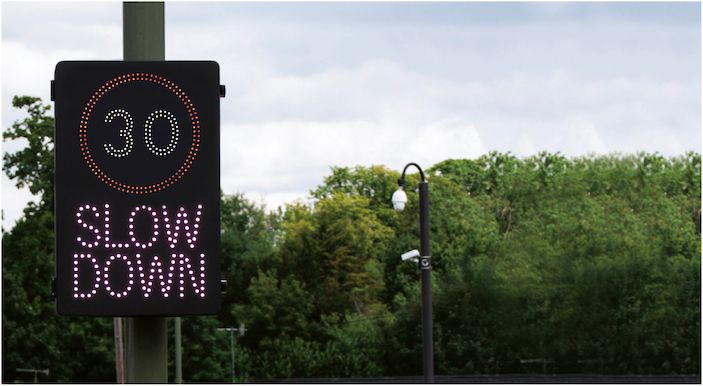Currently, there are LED signage products that do not comply with Traffic Signs Regulations and General Directions (TSRGD) available on the market. This is because they have been designed for private roads or temporary circumstances only. However, some of these products are being installed permanently on our public highways. Danny Adamson, managing director at Messagemaker Displays, explains why this could have costly repercussions in the future
Published by the UK Department for Transport in 2016, Traffic Signs Regulations and General Directions (TSRGD) outline the design and condition of use for traffic signs to be lawfully placed on, or near, public roads in England, Wales and Scotland. The primary aim of TSRGD compliance is to apply the Road Traffic Regulation Act 1984 and its amendments, while also providing greater consistency on the manufacture and placement of permanent public road signs. Ultimately, this is about ensuring effective and clear signage for motorists and pedestrians.
For LED signage to be compliant for public highways, TSRGD 2016 dictates that the font must be consistent with those stated in Schedule 17 of its regulations and that the roundel size must be a minimum of 300mm. In addition to this, signage must be either fixed to the ground or powered via mains supply to be considered as permanent.
There is an extensive selection of signage options available, with a significant number of non-compliant products out there too. These products are useful as they are permitted on private roads without public access and for temporary purposes where TSRGD compliance is not required. However, what often happens is that this type of signage can be left in place for extended periods of time or never replaced. This is a common reason why non-compliant products find their way onto public roads and end up staying there.

Compliance monitoring
There are trade body authorities, such as the Association for Road Traffic Safety and Management (ARTSM), whose members are required to comply to UK law, who are committed to making TSRGD compliance a legal requirement. Working closely with the Department for Transport, the ARTSM has five specialist working groups that publish their own guidance notes to help specifiers and purchasers understand the complexities of European Standards to ensure they are receiving the correct products for their projects. The ARTSM also sits on the board for Traffic Open Products & Specifications (TOPAS), the registration process for products.
With this in mind, if a change in the law did take place, the widespread installation of non-TSRGD compliant LED or non-LED signage would require large-scale replacement costs and efforts to meet the new regulations. Therefore, it is advisable to futureproof your projects and ensure you have compliant solutions from trusted suppliers installed. This will avoid the risk of replacement at a later date and ensure the safety of all types of road users. It will also enable a greater consistency amongst road signage and improve clarity of messaging for road users, which is ultimately TSRGD’s main purpose. It is the clarity that ensures safety to ensure signs are recognized.





